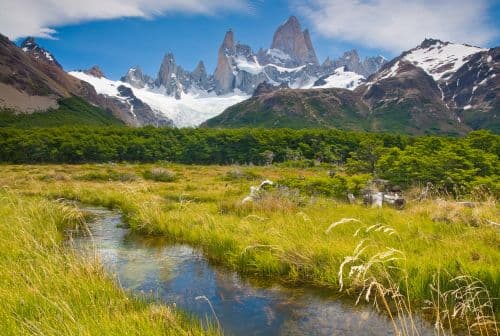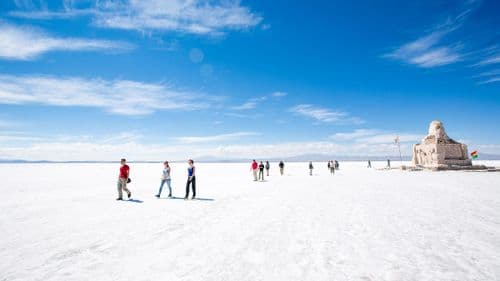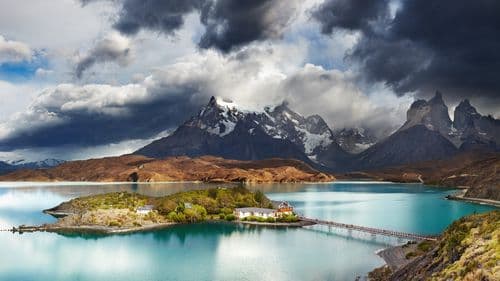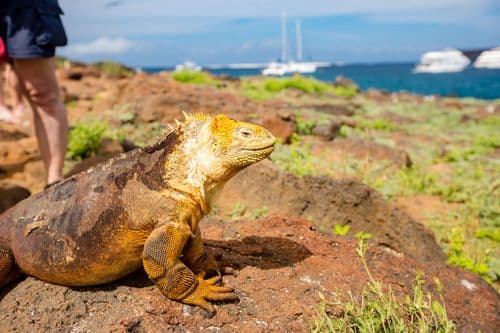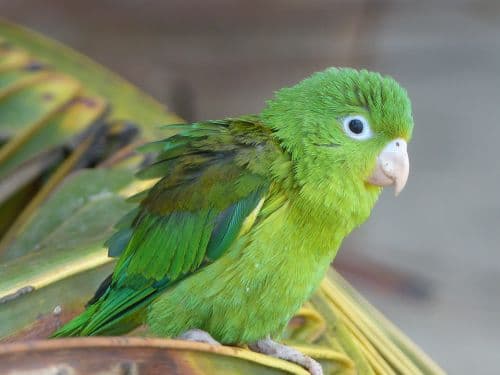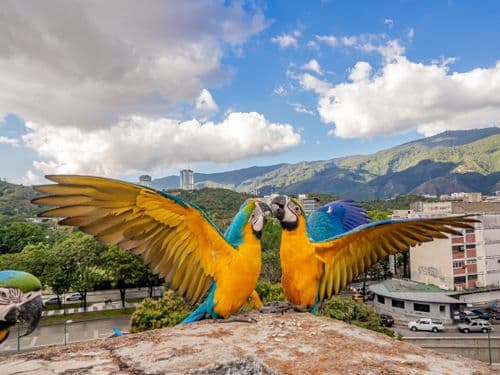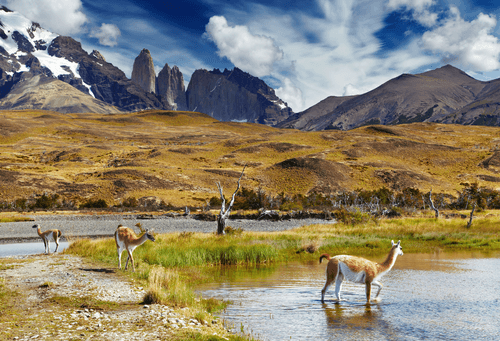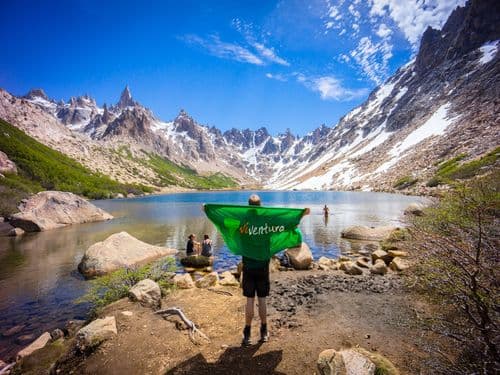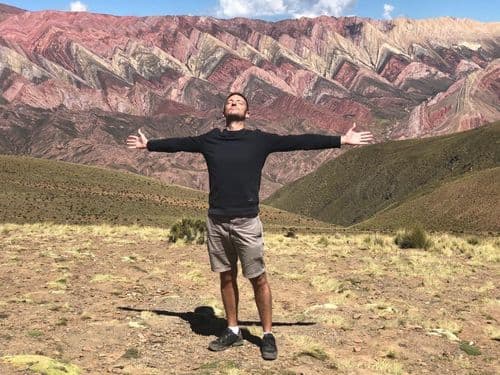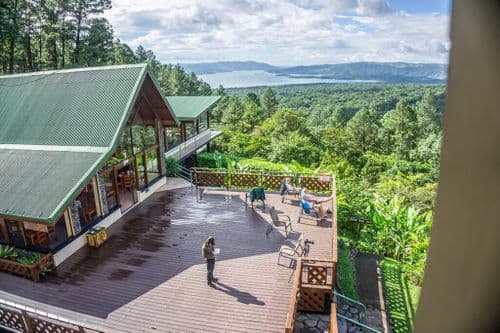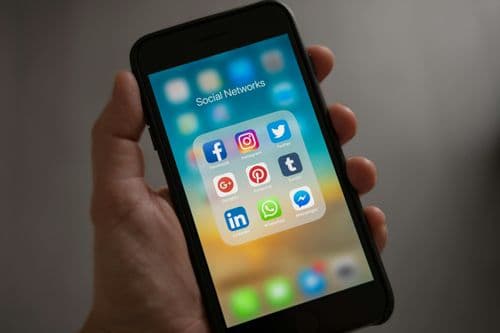Informationen über Giant Petrel
Our Expert Says… "Although they are difficult to tell apart, because they follow the ships so closely you will often get a good enough view to spot the red bill tip that means it's a Southern Giant Petrel or the green tip that tells you it's a Northern Giant Petrel!"
The Giant Petrel is one of the iconic Antarctic seabirds. These powerful, aggressive predators can even take on an adult King Penguin, and they are consummate scavengers, known the vultures of the sea. Southern Ocean whalers used to call them “Gluttons” and “Stinkers”!
There are two species, the Northern Giant Petrel and the Southern Giant Petrel - although they were only classified as separate species in 1966. The Northern variety range throughout the Southern Ocean north of the Antarctic Convergence Zone, through Chile, Argentina, South Africa, New Zealand, and colder seas off of Australia. The Southern species is found from Antarctica (the most likely giant petrel in the peninsula region) through to colder seas off subtropical regions of Chile, Africa, and Australasia.
Often confused with albatross, the Giant Petrel is a large bird with a wingspan of up to 2.1m (7ft) and weighing in at up to 7.7kg (17lb). The Southern Giant Petrel is generally larger than the Northern Giant Petrel, but they are otherwise hard to tell apart. Your expert naturalist guide will be able to identify the correct species for you should you encounter them at sea.
Characteristics both giant petrels have in common are dark, mottled grey-brown feathers and a slender yellowish hooked bill, ideal for holding on to slippery prey or picking at carrion. One interesting distinguishing feature is that around 15% of the Southern Giant Petrels display a genetic trait whereby they are almost completely white, a spectacular seabird.
Petrels are aggressive feeders, and they will hunt for food both onshore and out to sea. On land, they can be aggressive hunters of unprotected chicks, as well as sick or dead adult animals, particularly penguins. They will often brutally kill the chicks either by deliberately drowning them or beating them to death. They will also fight over the carcasses of dead animals, and they use their wings to try and shield “their” carcass from other petrels.
At sea, they can be seen feeding on fish, squid, and Antarctic krill. Giant petrels will usually follow any boats or ships they see in the hope of getting any discarded fish or other waste.
In common with all petrels, Giant Petrels produce a waxy stomach oil which they use as a food source for chicks or to sustain them on long over-water flights. However, if threatened they can projectile vomit this foul-smelling liquid to deter any predators.
Wissenswertes über Giant Petrel
Giant Petrels often follow ships, inquisitive birds often coming right up to the stern. But they are very wary on the nest and it is very important to keep to the guidelines, listen to staff, and keep further away from nesting giant petrels. A minimum of 25m to 50m compared to a minimum of 5m to 10m from a penguin rookery.
Both species breed on South Georgia, but only Southern Giant Petrels breed throughout the South Shetlands. The latter also breed at locations in the peninsula, but there are other locations where they regularly turn up to scavenge, but do not breed.
Bilder von Giant Petrel










